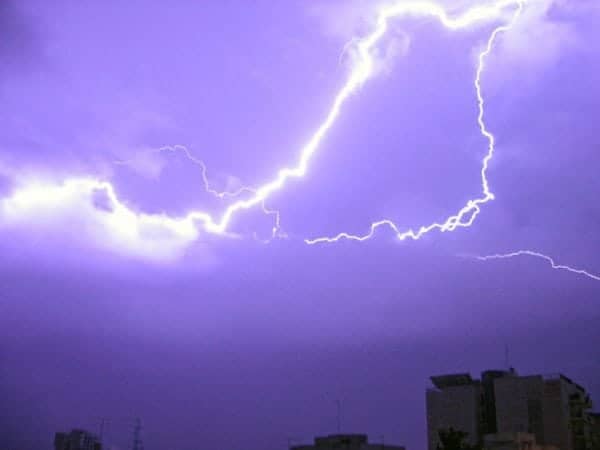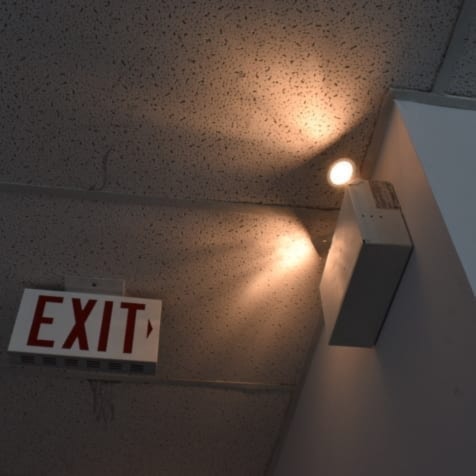When the lights cut out before noon a few weeks ago, Mainstreet Donair and Falafel owner Amana Jaber was preparing for the lunch rush.
The outage, however, meant the restaurant had to close: many customers could only pay by card, and the machines needed power.
"We can't sell anything," said Jaber. "We lost all our customers."
It was unclear when the power would return so she shut the doors and went home. She said the lights didn't come back on in Centre Square Mall until that evening.
"We don't really like that, because we don't know what happened," she said.
Afterward, the power went out again Wednesday morning. Luckily, it came back before there was any dramatic effect on her business but Jaber is always one bad outage away from closing for the day, she said.
Doug Prendergast, manager of communications for the Northwest Territories Power Corporation (NTPC), said many of the recent outages are due to natural causes.
"Lightning and animal/bird contacts are behind several of the recent outages," he said, particularly as birds such as ospreys and ravens nest around transmission poles.
Yellowknife sees more outages in the summer due to nesting season and an increase in lightning strikes.
There were 17 blackouts in 2012, which was a particularly bad year, according to a 2013 Yellowknifer article.
Since July 1 2018, the average NTPC customer would have experienced eight outages, said Penderghast.
"The numbers are certainly lower than 2012," he said, noting outages can impact large swathes of the city or only affect single neighbourhoods.
In most other parts of the country, power can be easily accessed from a substitute source if there's an issue.
"We don't have that luxury here," said Penderghast. "The systems are more susceptible to outages."

NNSL file photo
While there hasn't been serious generation issues at the company's Bluefish or Snare hydroelectric facilities, the redesign and construction of the former makes it more susceptible to bird and animal incidents, he said.



